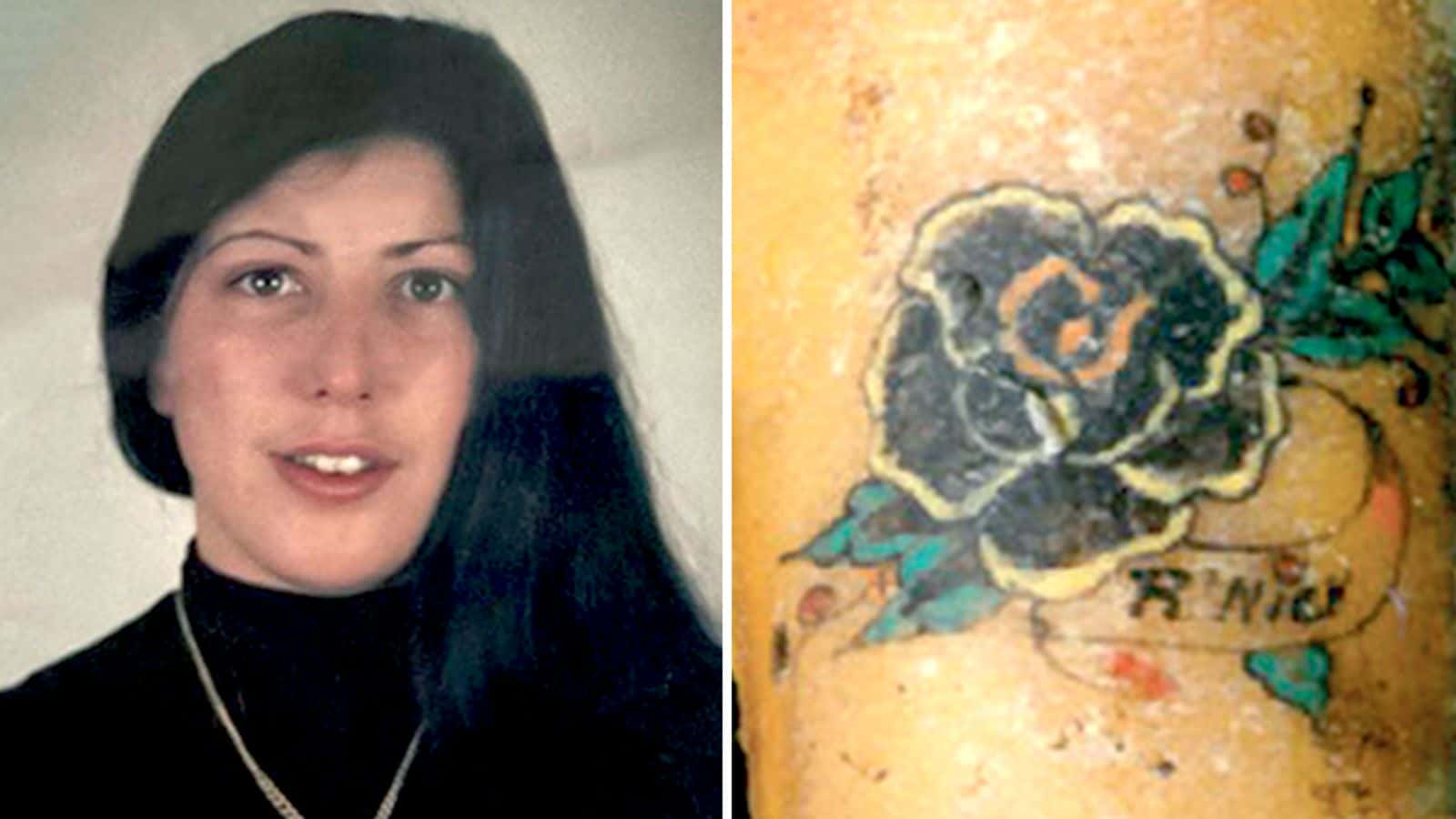Rita Roberts, previously referred to as “the woman with the flower tattoo” by Interpol, was found lifeless against a grate in a river in Antwerp on June 3, 1992, adorned with a tattoo of a black flower with green leaves and the inscription “R’Nick” on her right forearm.

In a significant development, Interpol announced on Tuesday that Rita Roberts, a British national murdered and discovered in a Belgian river 31 years ago, has finally been identified
The breakthrough in Rita Roberts’s identification came after a family member in the United Kingdom recognized the tattoo on the news and promptly informed both Interpol and Belgian authorities. This revelation occurred following an international appeal on Interpol’s Identify Me web page, launched in May of this year, where police share previously confidential information about unsolved cases, seeking input from the public.
The success of the Identity Me page extends beyond Rita Roberts, as it has led to the identification of 22 women found dead in Germany, Belgium, and the Netherlands in recent decades, with additional progress in other cold cases. Rita Roberts has now been “formally identified” by her family, who traveled to Belgium to meet with investigators. The family, while acknowledging the difficulty in processing the news, expressed immense gratitude for finally uncovering the truth about Rita.
Belgian police are now seeking further public input to clarify the circumstances surrounding Rita Roberts’ violent death, as revealed by Interpol
In May, Interpol released a video appealing for more information about unidentified women, featuring well-known personalities. Belgian actress Veerle Baetens emphasized not letting these cases be forgotten in the video, which also highlighted the oldest cold case dating back to 1976, known as “The Girl on the Parking Lot.”
Interpol, an inter-governmental organization facilitating police cooperation across 195 member countries, continues its efforts to bring closure to cold cases, including those of “the woman with the artificial nails,” “the woman in the canal,” and “the woman in the suitcase,” each named after the location where their remains were discovered.




